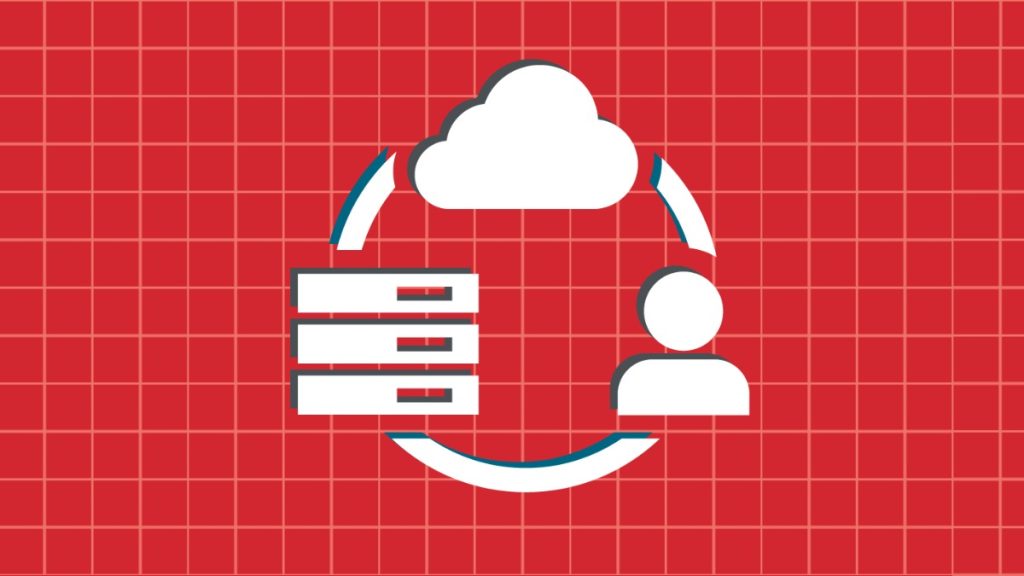Let’s face it, the world has gone digital. The world has been disrupted because of the pandemic, and digital transformation is now shifting to digital business.
Case in point: More people are working from home and shopping online. Most companies have had to adapt their digital transformation models at rapid speed.
The days of erecting “walls” around your business with the inflexible process and brittle infrastructure are over – you can be secure, reliable, flexible, and, customer-centric in the new world. PAUL FRENCH, EVP, CMO
Companies that had a digital transformation strategy in place are now shifting to the digital business model.
Digital business: Stepping up the efforts
Let’s start with shifting priorities. Consumers who have been confined at home are now embracing the new change of digitally interacting. An enterprise can no longer afford to be complacent and ignore this fact. With more people doing almost everything online, digital business is a new reality, it’s adapt or die to stay relevant.
Many companies started with a digital transformation roadmap in place. Today, they are stepping up their efforts to be a digital business. Customer service is the main priority now more than ever.
A new method of digital business has developed at a rapid speed. By bringing together digital expertise and technologies, communications-powered interactions for companies are emerging.
Digital in today’s world!
Many countries have better control after lockdown but many are still facing difficult days ahead.
With this in mind, alternative ways of doing business are the new normal. From remote healthcare, Open Banking to digital retail exploding – not to mention teleconferencing, companies can no longer deny the new digital business model.
Open banking is poised to re-draw the competitive landscape of the future. KIERAN HINES, SENIOR ANALYST.
Open banking is poised to redraw the competitive landscape of the future.
New models are emerging every day for digital business – from contactless ATM cards and delivery models. Let’s face it, a remote world has emerged.
Adapting and adjusting
Companies have had to adapt quickly. There’s no turning back. A more sensible approach is emerging. Companies have adapted to digital technologies to simplify a customer’s use and needs. From Gen X to the elderly, everyone has gone digital.
By adopting a digital business model to streamline their business entities, companies are not hindered by legacy technology storage delays and structural difficulties. Leveraging sound communications and technological abilities are where consumers are now going.
According to Brian Pagano, VP, Catalyst, at the end of the day, a digital business model means:
- You provide self-service for customers, partners, and employees.
- You make more money from more pieces. (As more transactions flow through the system, your business model must be such that your profit does not incur costs.)
- You have real-time (or near real-time analytics) which drives your business decisions.
- (Bonus) Platform economics kick in and you get multipliers.
Discover more trends emerging from the pandemic.
